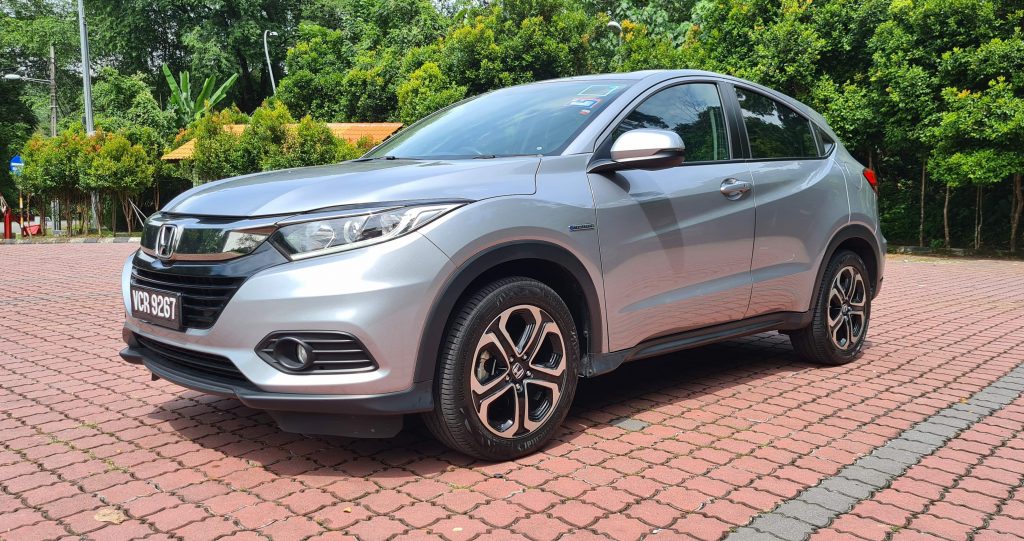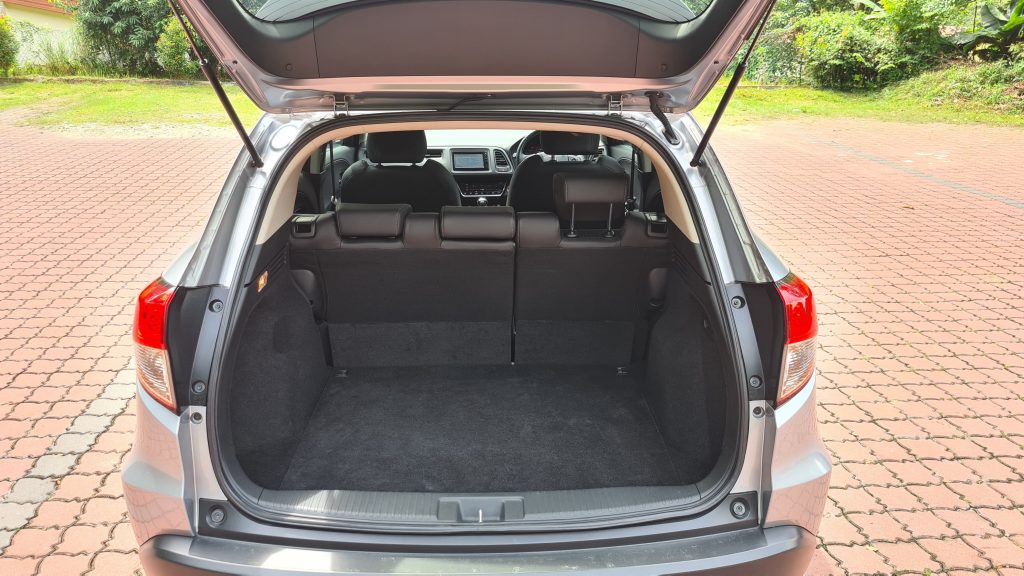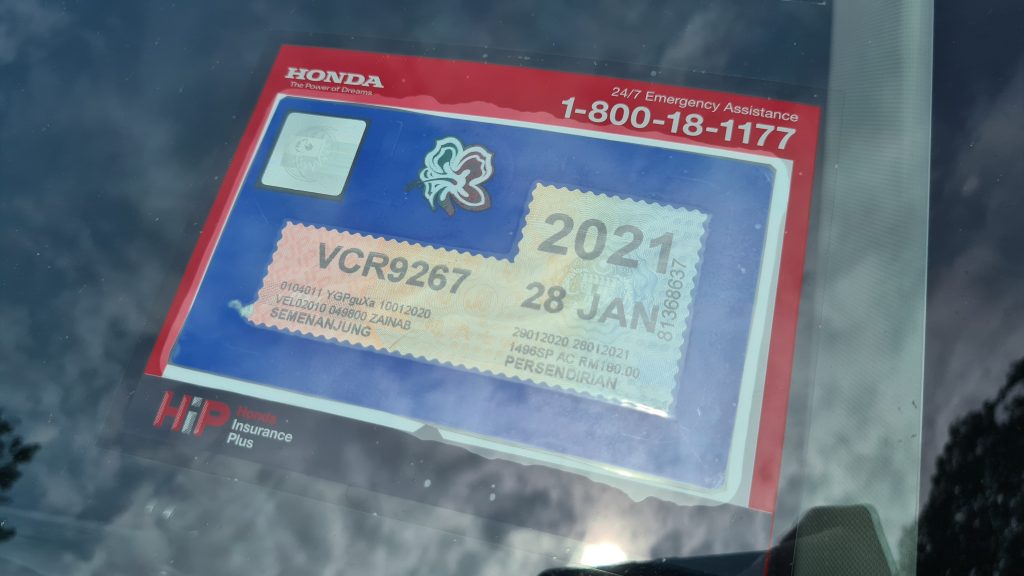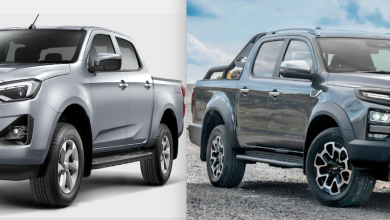First Drive Impressions: Honda HR-V Hybrid
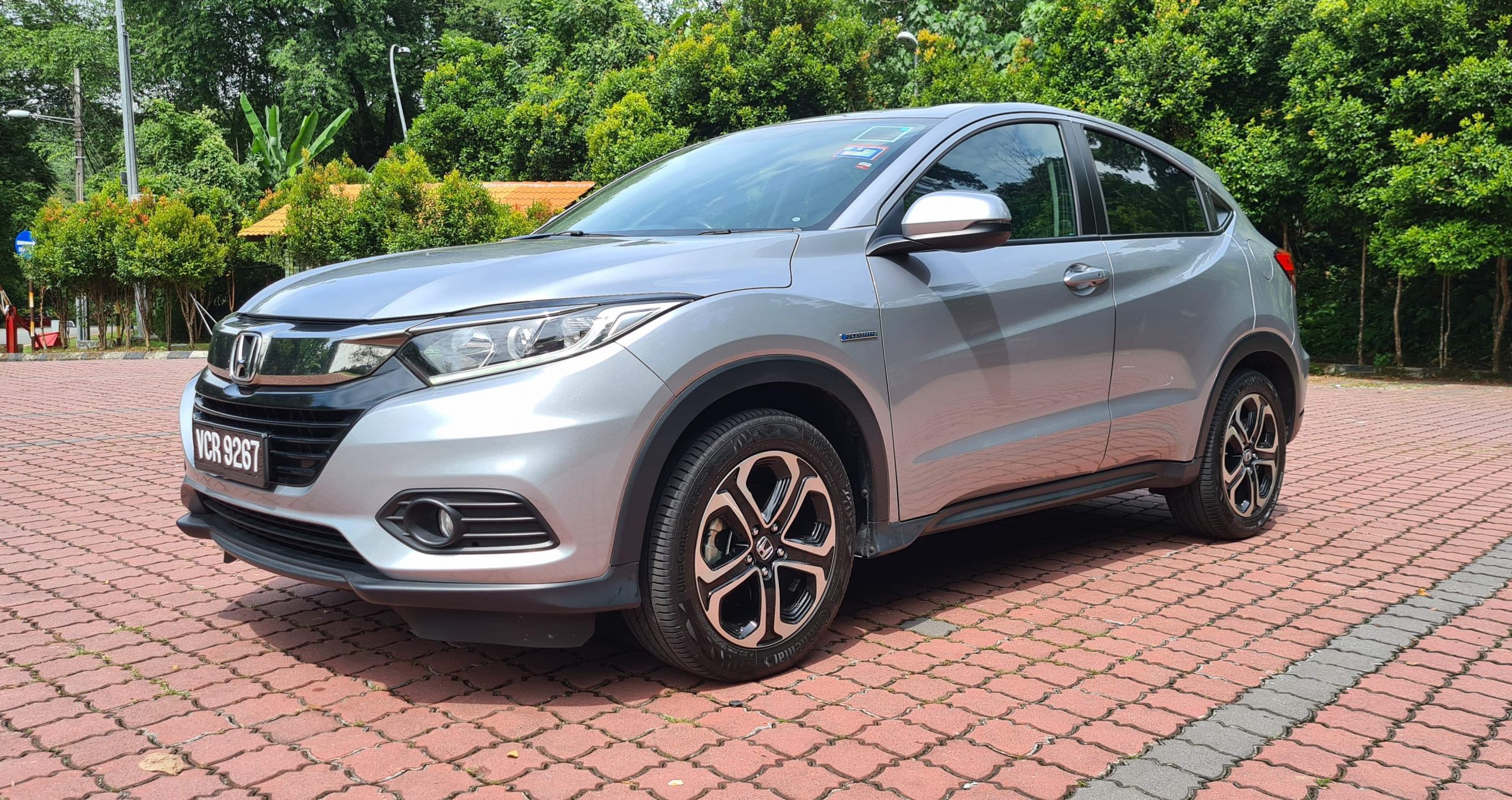
With all the Proton X50 hype around, how does the still Honda HR-V stack up?
Judging by the tsunami of hype around the Proton X50, you’ll probably be forgiven to think that this Sino-Malaysian compact SUV is the king of the compact SUV segment. Even before a single unit reaches customer hands however, Proton has already been aggressively marketing it against the current undisputed class champion, the Honda HR-V.
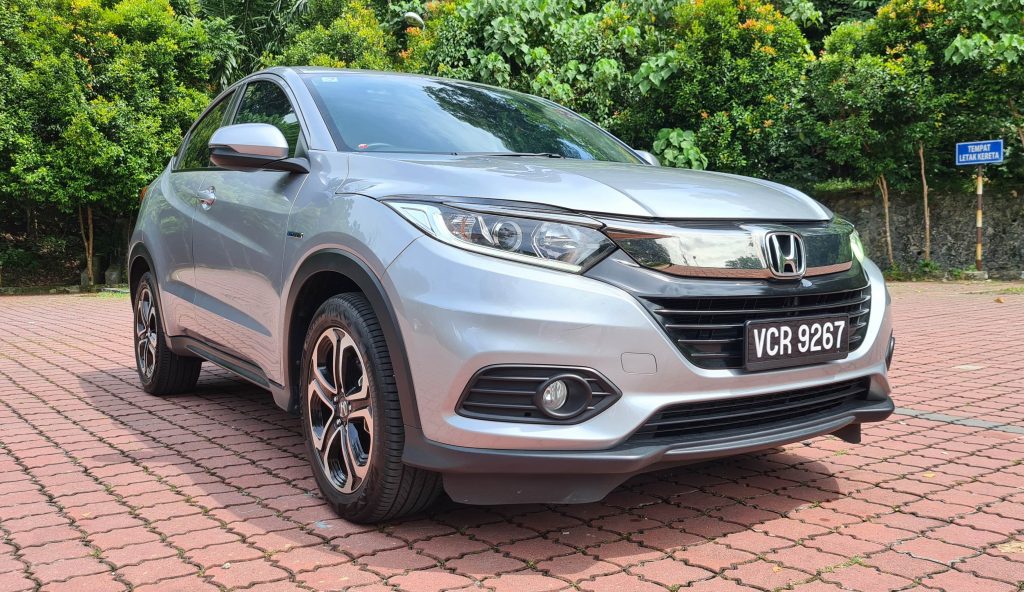
With both being front wheel drive, locally assembled compact crossovers that cost around RM 100k, the ever popular HR-V would naturally be the Proton’s biggest competitor. The fact that it is currently the best-selling car in its class only adds fuel to the burning fire. Thus, with the arrival of the Proton, let’s just refresh ourselves with what the reacquaint ourselves with the Honda, to see what the X50 will be up against.

By now, it would seem that what needs to be said has already been said about the venerable HR-V. It has been around for 7 years after all, in the process shifting 90,000 units just in Malaysia alone. So let’s just go over the highlights of what the Honda brings to the table. Of which, in this hybrid variant tested here, would probably be the powertrain itself.
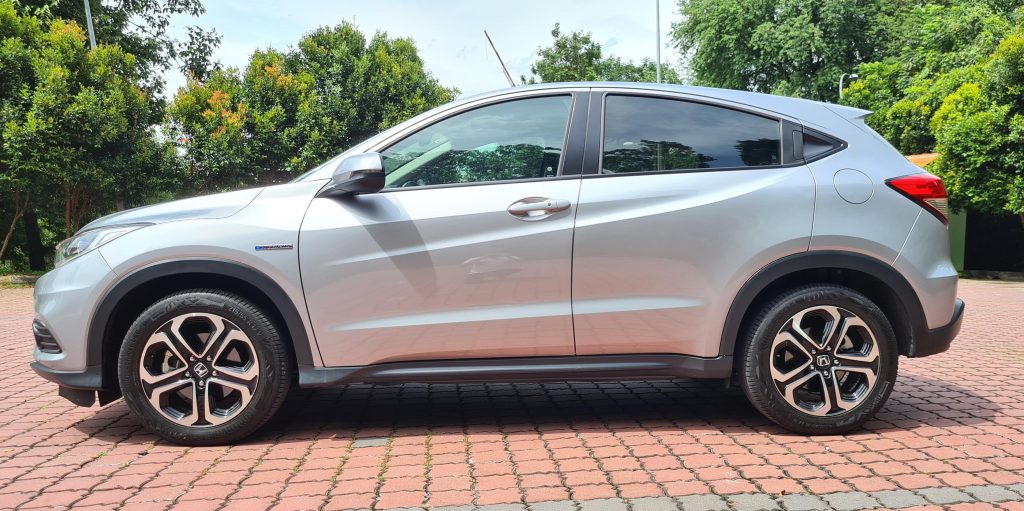
Powered by what Honda calls its Sport Hybrid i-DCD system, under the hood of the HR-V Hybrid is in essence a 1.5 litre i-VTEC DOHC four cylinder mated to a ‘high-power’ electric motor. Delivering 150 PS and 190 Nm of torque through its 7-speed dual-clutch transmission to the front wheels, it is an adequately powerful enough powertrain combo for daily driving scenario. The only slight complaint however about this hybrid system will be the slight jerkiness felt off the line, or when the petrol engine kicked in. That said, it is a small price to pay however with the perceived fuel savings from the hybrid powertrain.
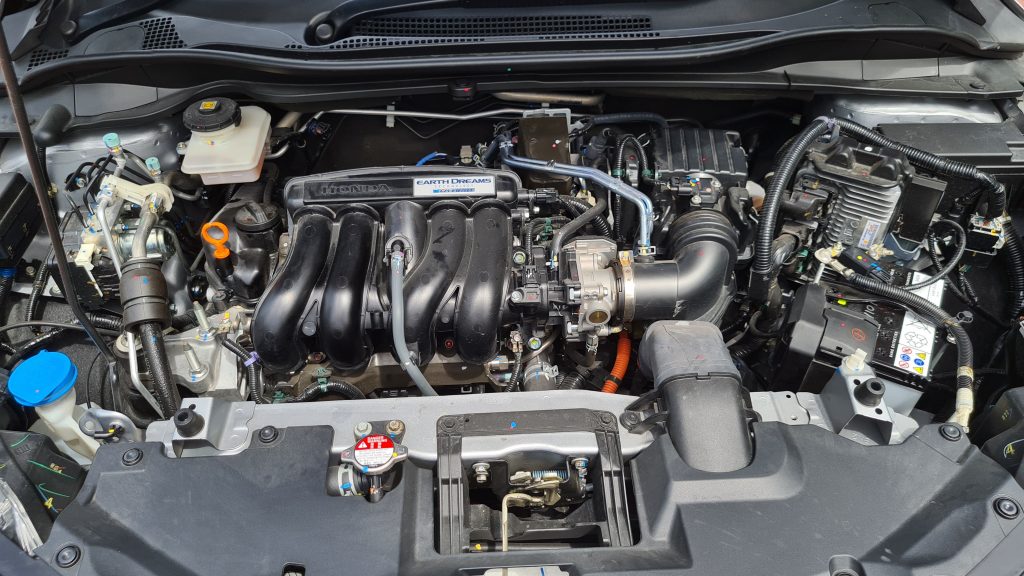
Much like any other hybrid, the HR-V hybrid is quiet and refined, both on the move or while sitting in traffic. Sound insulation is acceptable, with just a slight hint of road and tire noise at higher speeds. The ride too is fine. Riding on 17 inch wheels, it manages to soak up most the bumps and lumps on Malaysian roads.

On the topic of the ride and handling, the Honda also handles alright. The electric power steering may be a bit light, and it does wallow a bit more on the corners as the suspension is tuned more towards comfort, but for what is essentially a jacked-up (and slightly bigger) Honda Jazz, it is reasonable.
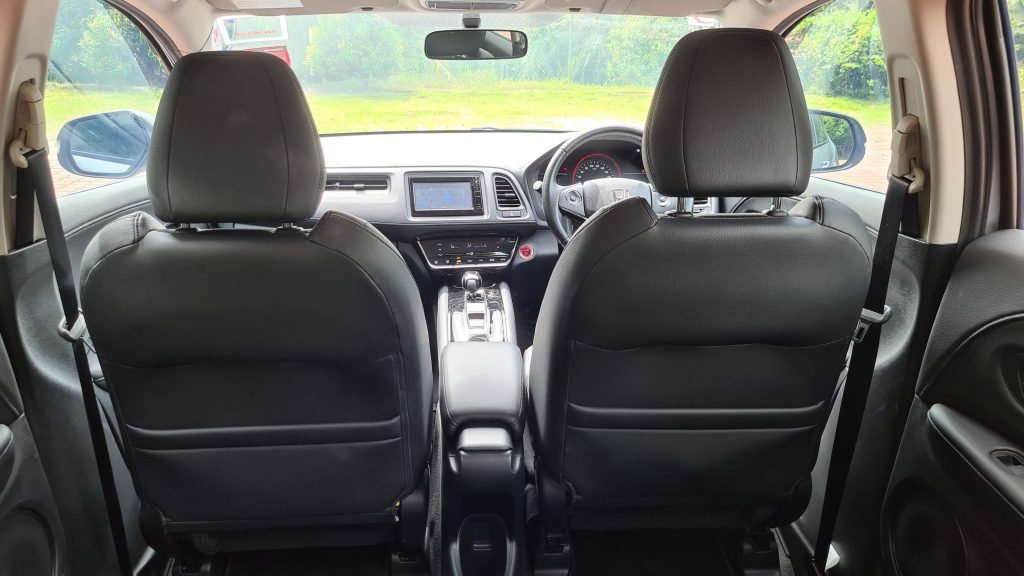
Speaking of it being a slightly bigger Jazz, the HR-V’s interior is where it scores big points. This is because despite diminutive exterior dimensions, there is still plenty enough space inside for five adults, in relative comfort. The boot capacity too in this hybrid variant is also similarly cavernous at 404 litres, more than enough for daily use. Adding to that, the flip-up Ultra Seats are always a plus when there is a need to transport tall objects like potted plants or book shelves.
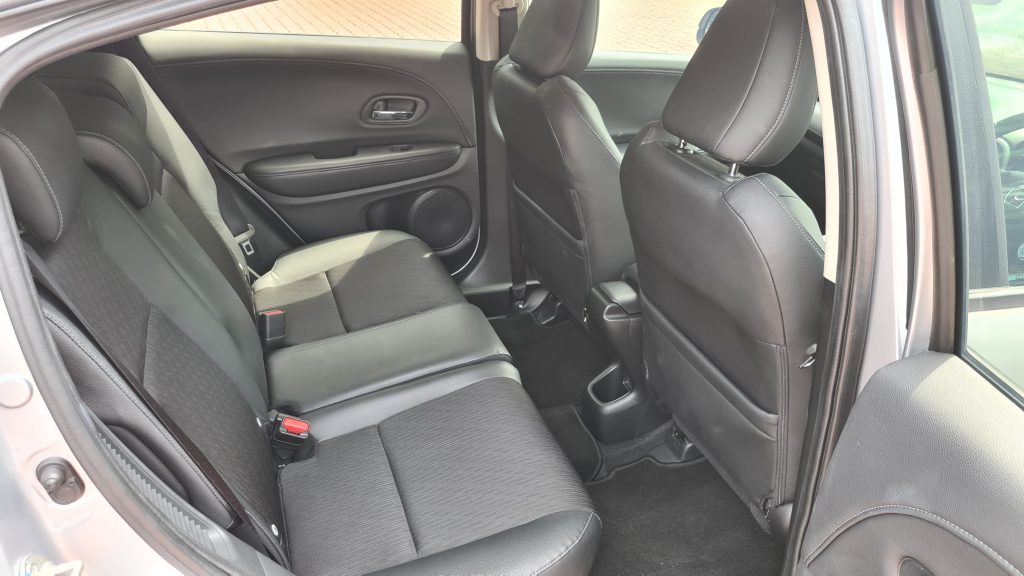
As for interior quality, the Honda is on par with the rest of its class. Hard plastics on the dash tops are compensated for by the padded lower dash and armrests. The same story is also true on the equipment front. All of what you expect to find is present, such as keyless go, cruise control and 7 inch infotainment system is standard. There is even a few hybrid exclusive touches like the 3D instrument cluster and the sports mode, which gives this Japanese crossover some extra oomph.
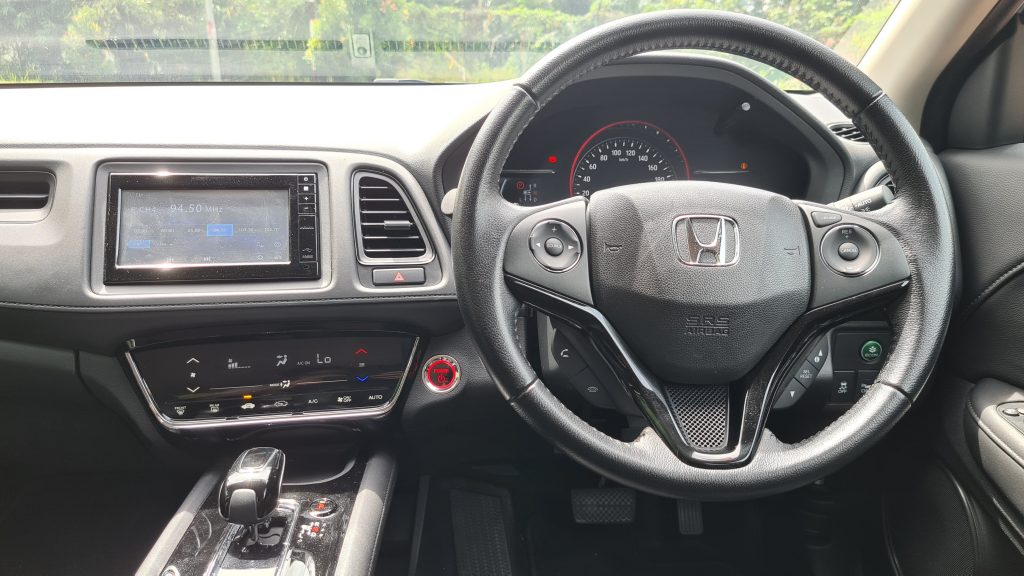
Moving on to the exterior, unlike the similarly priced Civic, the aesthetics of the HR-V does not divide opinions. The chrome grille flanked by LED headlights may be a tad obnoxious to some. For the rest of the design though, like pretty much the rest of the car, is alright.

Having established that the HR-V is still an alright car in literally every aspect, it is at this point however that we ask ourselves whether alright is still good enough? For the last 7 years, alright was perfectly fine for 90,000+ people who put down their hard earned cash for a HR-V.
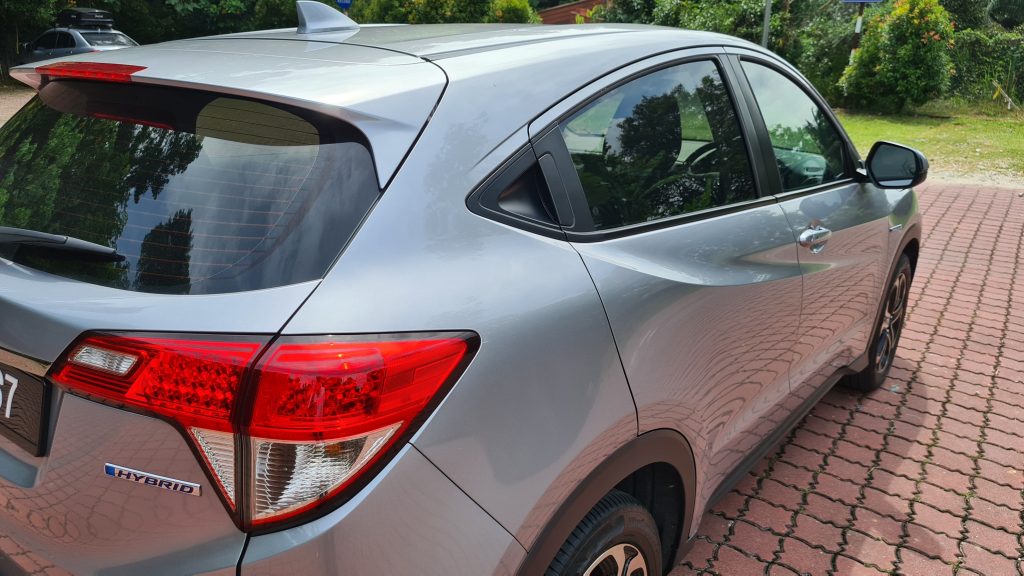
Bear in mind though, that this was all before Proton announced the X50. So then should people still consider the alright HR-V or just go straight for the hot topic of the day Proton X50?
Without a shadow of a doubt, the Proton is handily (a lot) cheaper. Looking at the specs too, the Proton also pips the entire HR-V range on performance. A fact that has since been proven by a drag race that was organised by Proton. Moreover discounting the hybrid, with three pots under the hood, fuel efficiency should also go in the Proton’s favour.
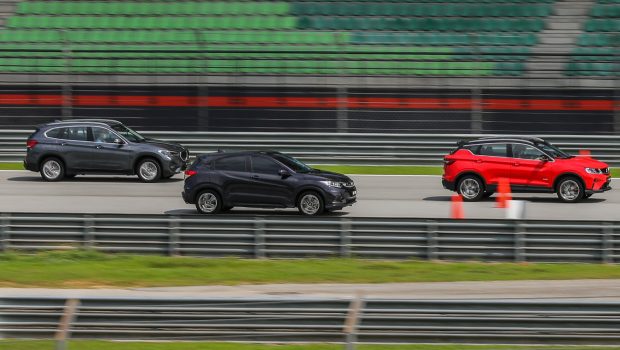
That said, while the X50 may indeed be better in some aspects, then again the HR-V is also perfectly alright as it is. It may be old, but that also means all the kinks have been ironed out. It may be a bit down on power, but the powertrain combination has been proven to be reliable. It is also worth stating the obvious in which that H emblem, to some people, will still always be looked upon more favourably than the Proton lion. And that could just be enough to seal the deal in the Honda’s favour.

The battle for compact crossover supremacy between these two heavyweights will most likely play out like the mid-sized SUV battle that is ongoing between the same two brands. For years, the Honda CR-V was king of the totem. Many challengers have tried to upend its reign over the years, but none have succeeded, until the Proton X70 that is. That said, there are still people who, for a multitude of reasons, would still rather pay the premium for the CR-V today. A sign of what is probably to come for the alright Honda HR-V then.
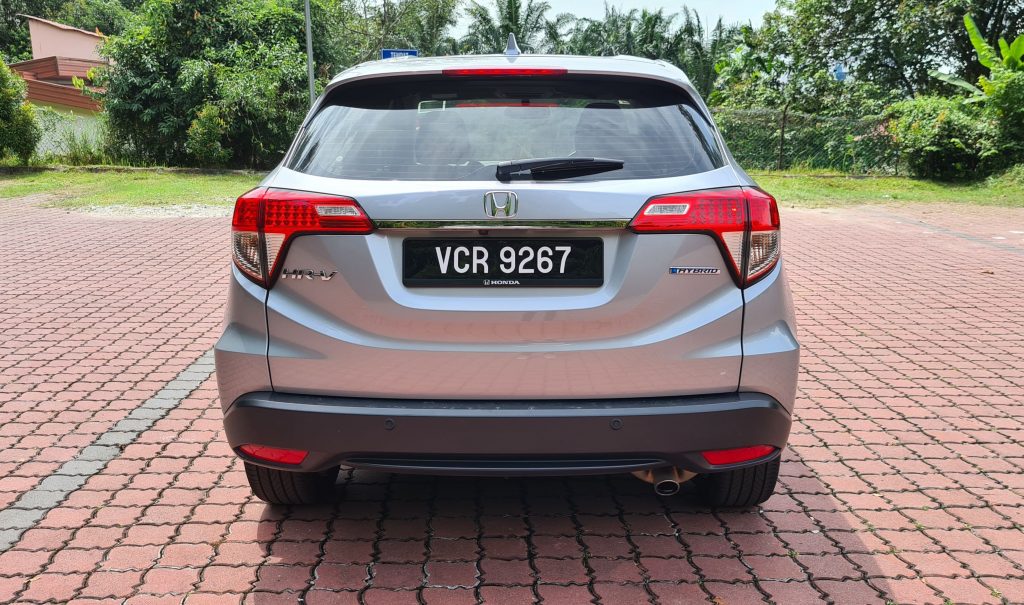
Honda HR-V Hybrid Specifications
Engine: direct injection four-cylinder petrol with electric motor
Displacement: 1496 cc
Transmission: 7-speed dual clutch transmission
Max Power: 130 hp @ 6600 rpm/29 hp electric
Max Torque: 156 Nm @ 4600 rpm/160 Nm electric
Selling Price: RM 120,800
